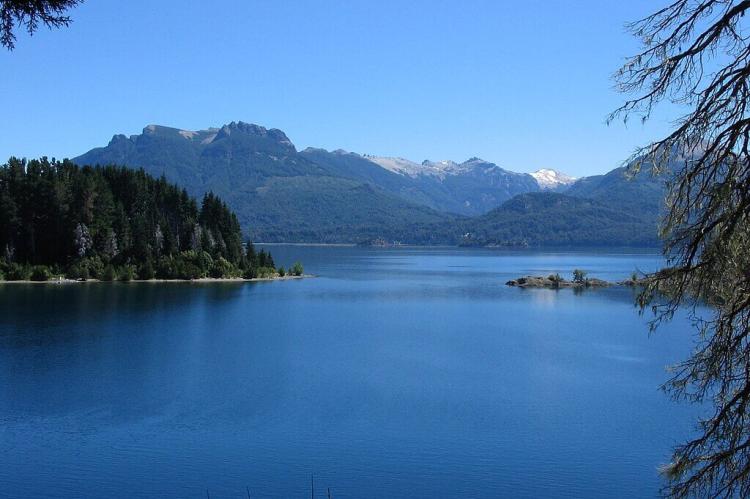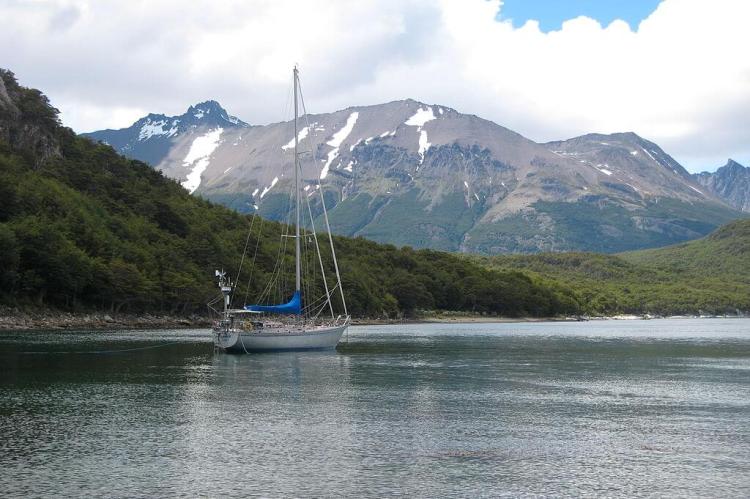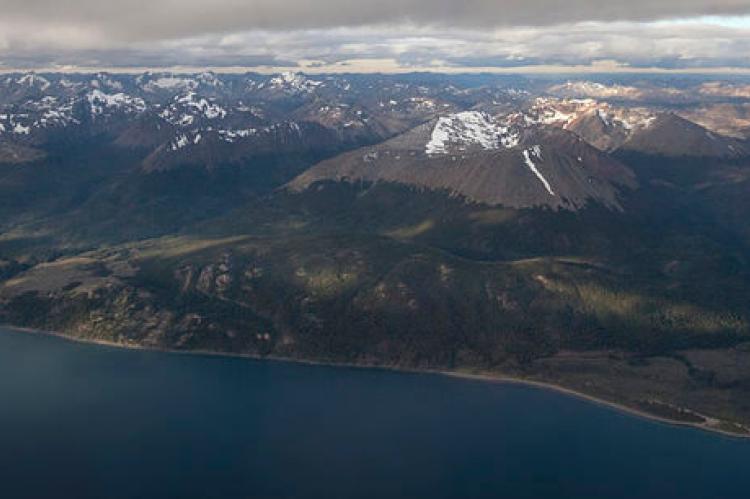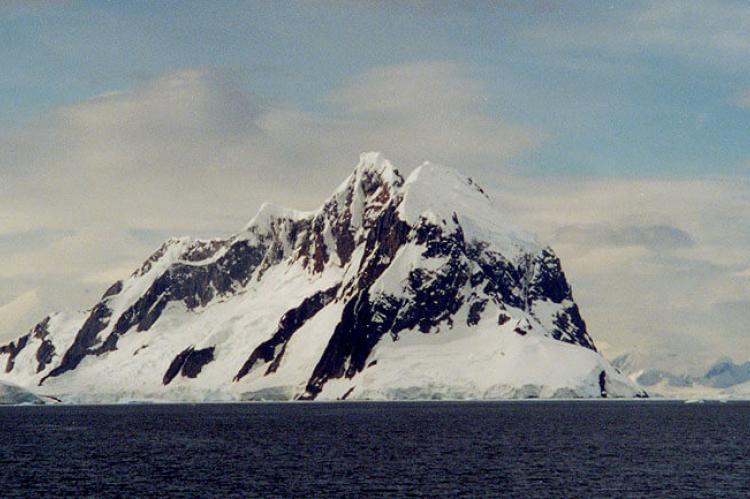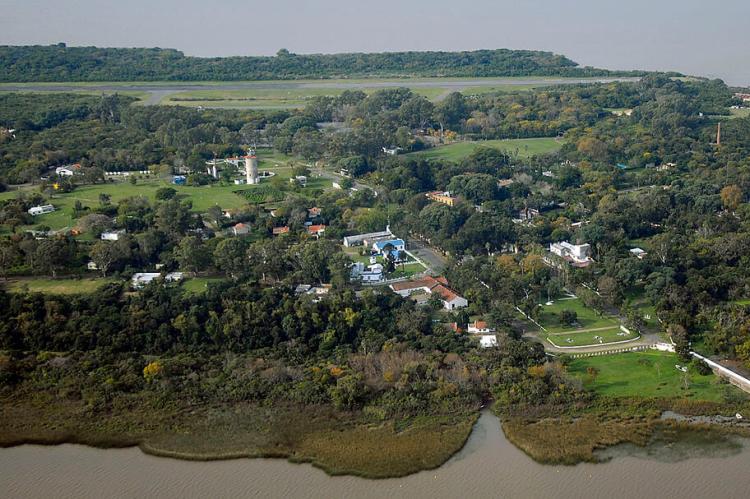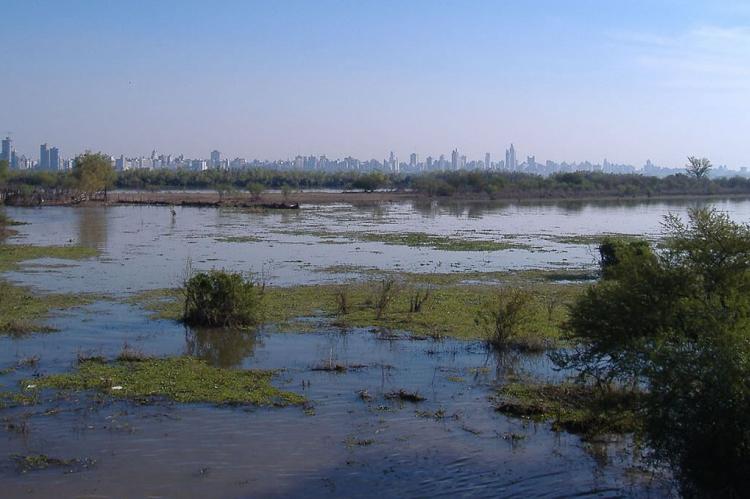Argentina's Islands and Archipelagos: A Geographic and Cultural Journey
Argentina's islands span from Tierra del Fuego to the Paraná Delta, featuring diverse ecosystems, cultural sites, wildlife refuges, South America's largest island, delta islets, glacial lake islands, and disputed areas like the Malvinas, highlighting its complex geography and conservation challenges.
Scattered Jewels: Argentina's Islands from Tierra del Fuego to the Paraná Delta
Argentina's vast Atlantic coastline extends across nearly 4,989 kilometers (3,100 miles) of dramatic shores, harboring a remarkable collection of islands and archipelagos that reflect the nation's complex geological history and rich biodiversity. From the windswept wilderness of the far south to the subtropical river deltas of the north, these maritime territories tell stories of Indigenous heritage, European exploration, and ongoing territorial sovereignty.
The Southern Frontier: Tierra del Fuego Archipelago
At the southernmost reaches of South America lies the Tierra del Fuego Archipelago, a labyrinthine collection of islands separated from the mainland by the serpentine Strait of Magellan. The archipelago's crown jewel, Isla Grande de Tierra del Fuego, spans an impressive 47,992 square kilometers (18,530 square miles), making it the largest island in South America and the 29th largest island in the world. This triangular landmass is shared between Argentina and Chile, with the boundary established by the 1881 treaty running roughly north-south through the island's center.
The Argentine portion of Isla Grande encompasses the island's eastern expanse, characterized by rolling pampas grasslands that gradually give way to dense southern beech forests (Nothofagus species) and finally to the jagged peaks of the Andes Mountains along the Chilean border. Here, the city of Ushuaia nestles in a natural amphitheater between the Martial Mountains and the Beagle Channel, earning its distinction as the world's southernmost city. With a population of approximately 80,000 residents, Ushuaia serves as both the capital of Tierra del Fuego Province and the gateway to Antarctic expeditions.
The archipelago's geological complexity extends beyond Isla Grande to include numerous smaller islands, each with its own character and significance. Isla de los Estados, known in English as Staten Island, lies 29 kilometers (18 miles) east of Tierra del Fuego's Cape San Diego, separated by the treacherous Le Maire Strait. This rugged island, covering 534 square kilometers (206 square miles), rises to elevations of 823 meters (2,700 feet) and has served as a crucial navigation landmark for mariners rounding Cape Horn since the 16th century. Its pristine wilderness, protected as a provincial nature reserve, harbors colonies of southern fur seals (Arctocephalus australis) and supports the southernmost forests of southern beech.
The River Delta Realm: Paraná Delta
In stark contrast to the austral wilderness of Tierra del Fuego, the Paraná Delta presents a subtropical maze of interconnected waterways, islands, and wetlands where the mighty Paraná River meets the Río de la Plata. This vast deltaic system, covering approximately 14,000 square kilometers (5,400 square miles), comprises over 11,000 islands and islets formed by centuries of sediment deposition from the continent's second-longest river.
The Tigre Delta, the most accessible portion of this aquatic labyrinth, lies just 32 kilometers (20 miles) northwest of Buenos Aires and serves as the region's recreational heart. Here, traditional wooden boats called lanchas navigate narrow channels lined with weekend homes, riverside restaurants, and floating markets. The delta's unique geography has created distinct microclimates and ecosystems, from gallery forests of willows (Salix species) and poplars to expansive marshlands that provide crucial habitat for over 300 bird species, including the southern screamer (Chauna torquata) and the cocoi heron (Ardea cocoi).
Isla Martín García, positioned strategically at the confluence of the Paraná and Uruguay rivers, occupies a special place in both the delta system and Argentine history. This 1.8-square-kilometer (0.7-square-mile) island has served as a fortress, prison, and ecological preserve throughout its documented history. Despite its location in Uruguayan territorial waters, Argentina has maintained sovereignty over the island since 1973 through a bilateral agreement. Today, Martín García functions as a natural monument, protecting one of the region's last remnants of original river forest and serving as a nesting site for numerous waterbird species.
Lake Islands of Patagonia
The glacial lakes of Patagonia harbor several significant islands that combine scenic beauty with ecological importance. Isla Victoria, the largest island in Nahuel Huapi Lake, extends across 31 square kilometers (12 square miles) of pristine wilderness within Nahuel Huapi National Park. The island's varied topography, ranging from sandy beaches to dense Nothofagus forests and rocky peaks reaching 1,009 meters (3,310 feet), supports diverse ecosystems including populations of introduced deer species and native Patagonian wildlife.
The smaller Isla Huemul, also within Nahuel Huapi Lake, gained historical notoriety as the site of Ronald Richter's controversial atomic energy experiments in the early 1950s. Today, this 5-square-kilometer (1.9-square-mile) island serves as a nature preserve where guanacos (Lama guanicoe) graze among archaeological sites that reveal thousands of years of Indigenous occupation.
Coastal and Marine Islands
Argentina's Atlantic coast is punctuated by numerous smaller islands and rocky outcrops that serve as critical wildlife refuges. Isla Pingüino, located off the Santa Cruz coast near Puerto Deseado, exemplifies these marine sanctuaries. Despite its modest size of just 1 square kilometer (0.4 square miles), the island supports one of Patagonia's most important seabird colonies, including thousands of Magellanic penguins (Spheniscus magellanicus), imperial cormorants (Leucocarbo atriceps), and southern giant petrels (Macronectes giganteus).
Disputed Territories and Sovereignty Claims
Argentina's maritime geography extends beyond its undisputed territories to include several island groups that remain subjects of international sovereignty disputes. The Islas Malvinas, known internationally as the Falkland Islands, represent the most prominent of these contested territories. This archipelago, located approximately 480 kilometers (300 miles) east of the Argentine coast, comprises two main islands and over 700 smaller islands and islets covering a total area of 12,173 square kilometers (4,700 square miles).
Argentina maintains its historical claim to sovereignty over the Falkland Islands, considering the archipelago part of Tierra del Fuego Province, while Britain has controlled the territory since 1833. The dispute culminated in the 1982 Falklands War, but the sovereignty question remains unresolved, with Argentina continuing to assert its claims through diplomatic channels.
Similarly, Argentina claims sovereignty over South Georgia and the South Sandwich Islands, remote sub-Antarctic territories that lie approximately 1,400 kilometers (870 miles) southeast of the Falklands. These islands, first claimed for Britain by James Cook in 1775, have been disputed since Argentina extended its claims to include the South Sandwich Islands in 1938. Today, these territories serve primarily as research stations and wildlife reserves, with their waters supporting some of the world's largest populations of king penguins (Aptenodytes patagonicus) and southern elephant seals (Mirounga leonina).
Ecological Significance and Conservation
The diverse archipelagos and islands of Argentina function as crucial nodes in marine and terrestrial ecosystems, serving as breeding grounds, feeding areas, and migration stopovers for numerous species. The convergence of different oceanic currents around these islands creates upwelling zones rich in nutrients, supporting complex food webs that extend from microscopic plankton to apex predators such as orcas (Orcinus orca) and southern right whales (Eubalaena australis).
Climate change poses increasing challenges to these island ecosystems, with rising sea temperatures affecting marine food chains and altering precipitation patterns, which in turn change terrestrial habitats. Conservation efforts across Argentina's islands focus on protecting critical habitats, controlling invasive species, and maintaining the delicate balance between tourism, research, and ecosystem preservation.
Cultural Heritage and Human Presence
The human history of Argentina's islands spans millennia, from the maritime cultures of the Yaghan and Selk'nam peoples in Tierra del Fuego to the European explorers who gave many islands their current names. Indigenous communities maintained sophisticated relationships with these maritime environments, developing specialized technologies for navigation and resource harvesting that sustained them through the harsh southern winters.
European colonization brought dramatic changes to island communities, often displacing Indigenous populations while establishing new settlements focused on resource extraction, military positioning, and maritime commerce. Today, these islands reflect Argentina's multicultural heritage, with place names, architectural styles, and local traditions bearing influences from Spanish, British, German, Italian, and Indigenous cultures.
Conclusion
Argentina's islands and archipelagos represent far more than geographical curiosities scattered across the South Atlantic. They constitute integral components of the nation's territorial identity, ecological diversity, and cultural heritage. From the pristine wilderness of Staten Island to the bustling waterways of the Paraná Delta, from the disputed shores of the Malvinas to the glacial lakes of Patagonia, these maritime territories continue to shape Argentina's relationship with the sea and its understanding of sovereignty in an interconnected world.
As Argentina moves forward in the 21st century, the stewardship of these remarkable islands becomes increasingly important not only for national identity but for global conservation efforts and the preservation of unique ecosystems that exist nowhere else on Earth. The challenge lies in balancing legitimate development needs, tourism pressures, and conservation imperatives while respecting both Indigenous heritage and international law in the ongoing management of these extraordinary maritime landscapes.
